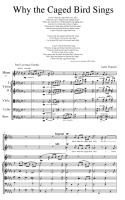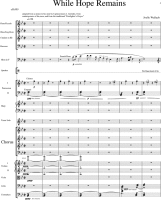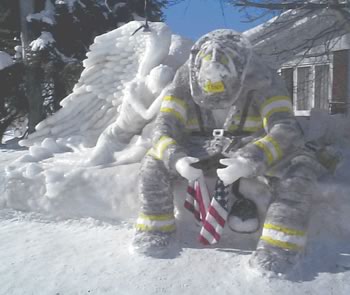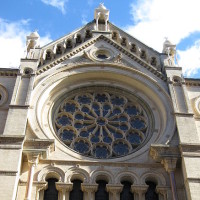Summer 2008 Volume 1, Number 3
Fall 2007 Volume 1, Number 1
Releasing the Caged Bird
Completing a Work
 Last week I completed a piece. Just days ago, I was absorbed in its compositional momentum and its specific sounds, sonorities so sweet and compelling I’d hear them in bed each morning waking me up. That piece – the Caged Bird piece – is to be sung by 75 children along with French horn and piano. Through my weeks of work on it, voices of imaginary children sang inside me, keeping me company, keeping me busy, keeping me believing there was something in the world urgently worth doing. Each day of those past two months, the imaginary sound of singing children steered me to the piano before shower or breakfast.
Last week I completed a piece. Just days ago, I was absorbed in its compositional momentum and its specific sounds, sonorities so sweet and compelling I’d hear them in bed each morning waking me up. That piece – the Caged Bird piece – is to be sung by 75 children along with French horn and piano. Through my weeks of work on it, voices of imaginary children sang inside me, keeping me company, keeping me busy, keeping me believing there was something in the world urgently worth doing. Each day of those past two months, the imaginary sound of singing children steered me to the piano before shower or breakfast.
Five nights ago, I realized the piece was complete. I ran down to the corner mailbox in the middle of the night to send it off to the printer downtown Continue reading
While Hope Remains: Envisioning the music
A Composer’s Response to 9/11
 Winter didn’t need to come this year; New York was already bleak under October’s continuing cloudless sky. Not waiting for snow, we were waiting for smallpox, for nuclear clutter, for plagues we’d only read about in history and in cattle.
Winter didn’t need to come this year; New York was already bleak under October’s continuing cloudless sky. Not waiting for snow, we were waiting for smallpox, for nuclear clutter, for plagues we’d only read about in history and in cattle.
Our shared world suffused with recurrent panic, dread and disillusionment; my interior world had been strangely silent for a month. No music inside me, and any music outside found no resonance within.

Ice sculpture commemorating firefighters of 9/11
Eldridge Street Synagogue
A Site-specific Notion
 Auditory landscapes are most evocative for me, evocative of people’s lives and practices, and of moods. So silence in the sanctuary of one of the oldest, most historic houses of worship in New York, the Eldridge Street Synagogue on the Lower East Side, troubles me. The site has been restored to habitability and it now serves as a museum of urban immigration.
Auditory landscapes are most evocative for me, evocative of people’s lives and practices, and of moods. So silence in the sanctuary of one of the oldest, most historic houses of worship in New York, the Eldridge Street Synagogue on the Lower East Side, troubles me. The site has been restored to habitability and it now serves as a museum of urban immigration.
It is usually silent now except for footsteps and hushed conversation. But for generations the sanctuary rang with a kaleidoscope of haunting melodies, changing with the arrival of each generation of Jews finding their first American refuge on the Lower East Side. Continue reading

